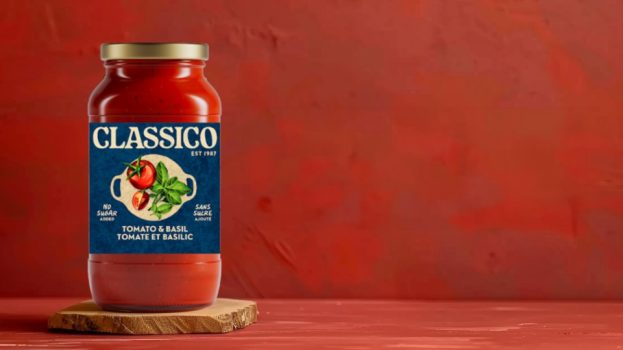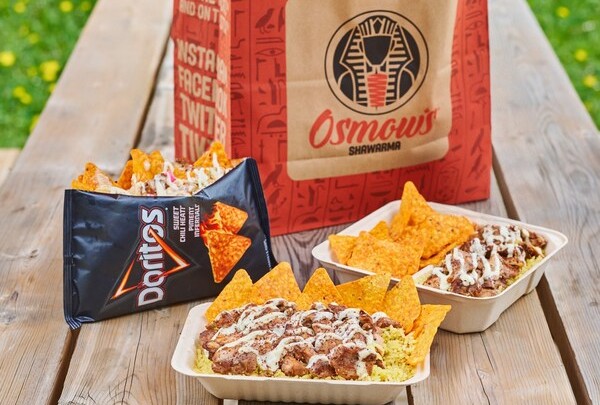While wine may still be considered more of a special occasion beverage than an everyday one in Canada, there’s no doubt that we’re imbibing more of the stuff.
According to the Ottawa-based Canadian Vintners Association, total wine sales in Canada rose nearly 28% in the last five years – from $211 million to close to $269 million.
But while imported wines remain the leaders, the domestic varieties are witnessing a boom, particularly in British Columbia. According to the B.C Wine Institute, B.C. Vintner’s Quality Alliance wines – VQA meaning those that are 100% British Columbian and meet the Alliance’s standards – have achieved 24% growth in the last fiscal year, which represents about $6 million in VQA store sales.
Growth in the sector is being spurred by wines of higher quality, due to a couple of especially good seasons, says B.C. wine consultant Frank Leffelaar of Vancouver-based Crush Marketing. But much of the success can also be attributed to a number of organizations working in tandem to raise awareness of B.C. wines and the Okanagan Valley region itself, which is where the majority of B.C. wineries are located.
Wine tastings and events seeking to educate the consumer, and a greater focus on linking winemaking to tourism and the arts, are effectively boosting sales of domestic wines.
One of the biggest players in promoting B.C. wines is the Kelowna-based B.C. Wine Institute. Out of the 72 wineries in British Columbia, 54 of them are members of the organization, which was created in 1990 to raise awareness and increase distribution.
The marketing emphasis is on VQA wines. There are currently 11 VQA stores in British Columbia and Dawn Antle, marketing manager for the B.C. Wine Institute, says there are plans to have 20 locations by the end of the year.
The VQA stores sell only B.C.-made wines and are marketing platforms unto themselves: a different winery is featured each week, and consumers can chat with the vintners in-store. Says Antle, ‘[The stores] offer a forum for consumers to taste the wine and an educational component, which, according to our research, is exceptionally important.’
The Institute is embarking on an advertising campaign in early June that will be featured in B.C. liquor stores and in wine magazines such as Wine Access. The advertising, by Kelowna-based Madhouse Creative, features a painterly rendering of a couple enjoying wines in the Okanagan, with the tagline, ‘Visit the vineyards the world is talking about.’
The B.C. Wine Institute is also putting a major focus on tourism. It is part of the Wine and Cultural Tourism Alliance and other related associations. Along with the Thompson Okanagan Tourist Association (TOTA), and the Okanagan Wine Festivals Society, the Institute produced the Wine and Culture Guide earlier this year.
The guide includes facts on the Okanagan region, wine festival information and a wine touring map and is being distributed throughout the country and internationally, with a strong focus on the Washington market.
Says Antle: ‘With these alliances, we can go a little further than we can as independents, project a united front, and bring forth more appeal and value.’
B.C. Wine Institute member and Kelowna-based estate winery Summerhill Pyramid reaps the benefits of an alliance with tourism; it is itself a tourist attraction, since its main building is a replica of the Egyptian Kheops pyramid.
Tourism is ‘infinitely important to our bottom line,’ says Summerhill sales manager Graeme Staley, who notes that the winery gets many tour-bus visitors. Staley says that about 80% of the visitors who come to the winery buy at least one bottle of Summerhill’s wine, though he says sales have been affected by SARS, since many of their customers are Asian.
He adds that the winery, which is a major producer of ice wine, is currently developing a Japanese Web site at (www.summerhillwine.com) to cater to Japanese customers who haven’t been able to fly from Asia. ‘The Asian market buys the majority of the world’s ice wine,’ he notes.
Another initiative that has allowed various associations to work together in promoting B.C. wines is the Okanagan Cultural Corridor Project, which began in 2000. The goal of the initiative, says co-ordinator Sandra Kochan, is to ‘sell the Valley as a cultural destination.’
Kochan says the main attraction to the Valley is wine, but that the Corridor seeks to promote art, cuisine and agritourism as well.
She says it makes sense to leverage both cultural and winemaking aspects, since ‘the demographics of wine travelers are almost an exact match with cultural travelers.’
In mid-June, the association will introduce a guide for the Okanagan Cultural Corridor that outlines 110 cultural destinations in the Okanagan Valley – from restaurants to art-related events and wine tastings. The guide is available at tourism information centres and through individual attractions, and will also be available from its Web site (www.okanaganculturalcorridor.com), which is in development.
Initially, Kochan says they hope to build awareness locally and across the province and then expand their marketing reach nationally and, eventually, internationally. Kochan stresses that this is their first year of marketing, so it may take some time.
Meanwhile, the Okanagan Valley Wine Festival has also been one of the main drivers for building awareness of British Columbian wines. The fall wine festival started 20 years ago to celebrate the fall harvest among Okanagan Valley residents. In the last few years, festivals were added for each season, to bring the total to four per year.
Over 125,000 visitors attend the 10-day fall wine festival alone, while the other festivals can attract anywhere from a few hundred to 25,000 people. The purpose of the festivals, according to Wine Festivals co-ordinator Christina Ferraira, is to sell member wineries’ wines, while raising awareness. ‘The people who come out are wine enthusiasts,’ says Ferraira, who notes that Alberta is their largest market and that many Americans attend as well.
The Festivals are a co-operative tourism marketing effort, and as such, area businesses such as art galleries and restaurants can host events by pairing up with wineries. According to Ferraira, the spring festival nets $322,200 in wine sales, while $1.8 million comes in during the fall fest.
A guide outlines the events happening throughout a given festival and television and radio advertising are also used.
Ferraira says the Society relies heavily on its Web site (www.thewinefestivals.com) and that it also maintains a database used for direct mailings around the world.
Like other marketing approaches in the category, the festivals are increasingly focused on educating consumers about winemaking. Consumer feedback from surveys circulated at two wine tastings last fall showed there was an interest in learning more about the process, so there have been new events added which inform consumers about grape-growing, winemaking and tasting.
Summerhill Pyramid has been involved with the festivals for a while now. Staley stresses the importance of this relationship: ‘If there’s a chance to pour our wine, we’re going to pour it. [The festivals] bring people to the winery and put our name out there.’























